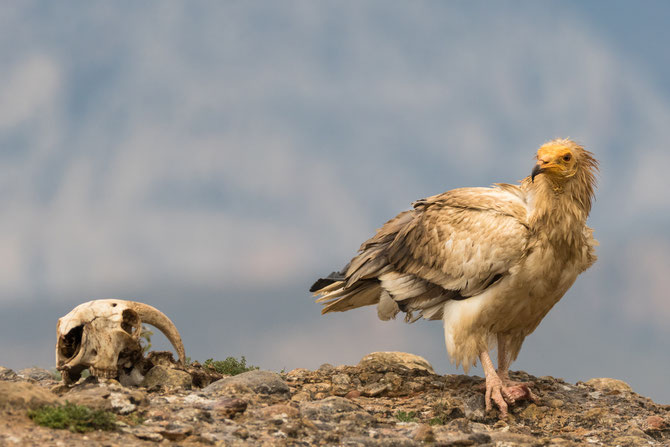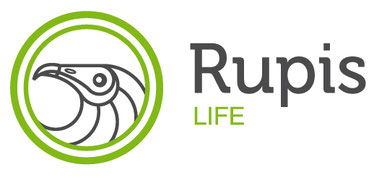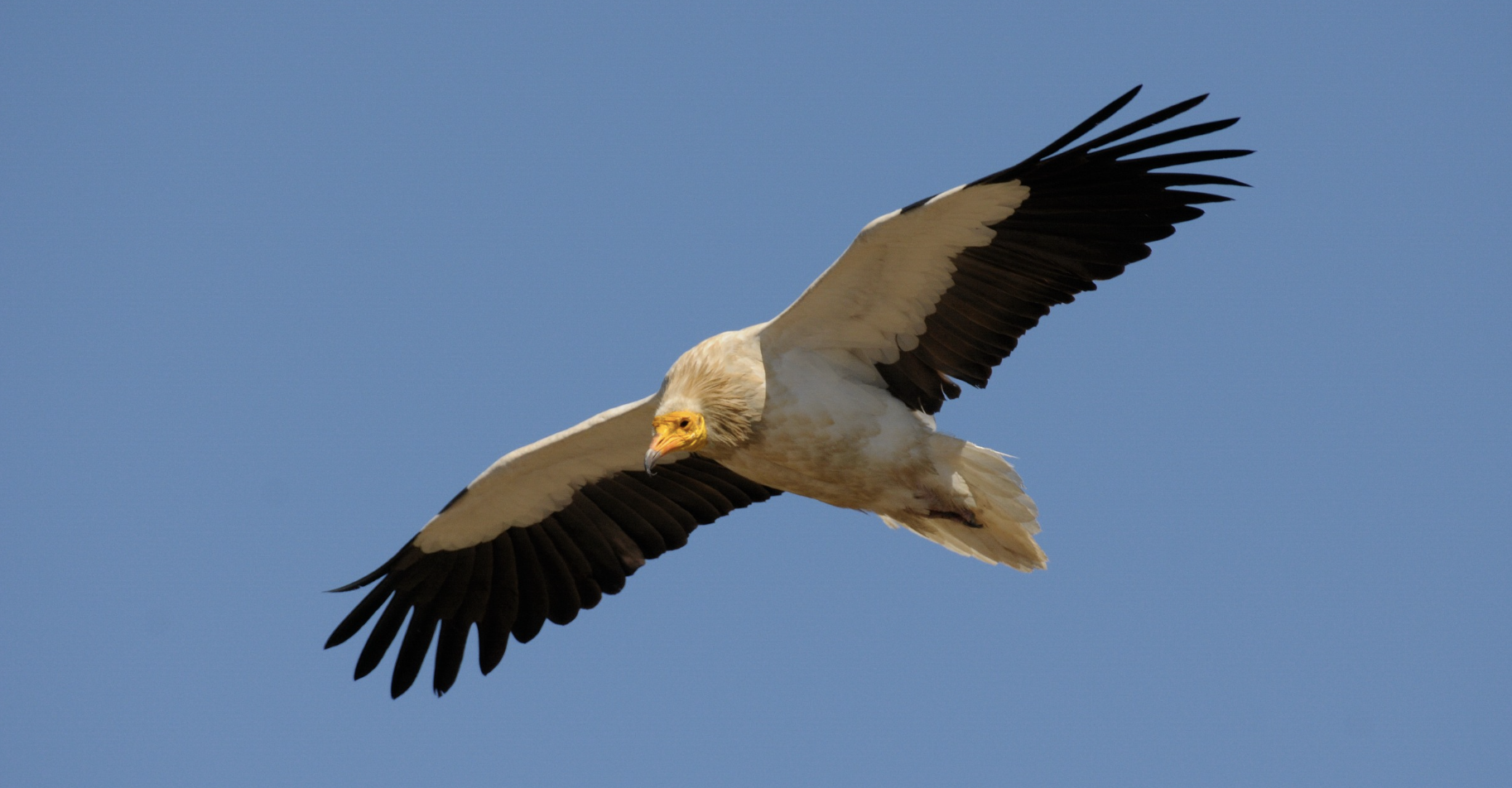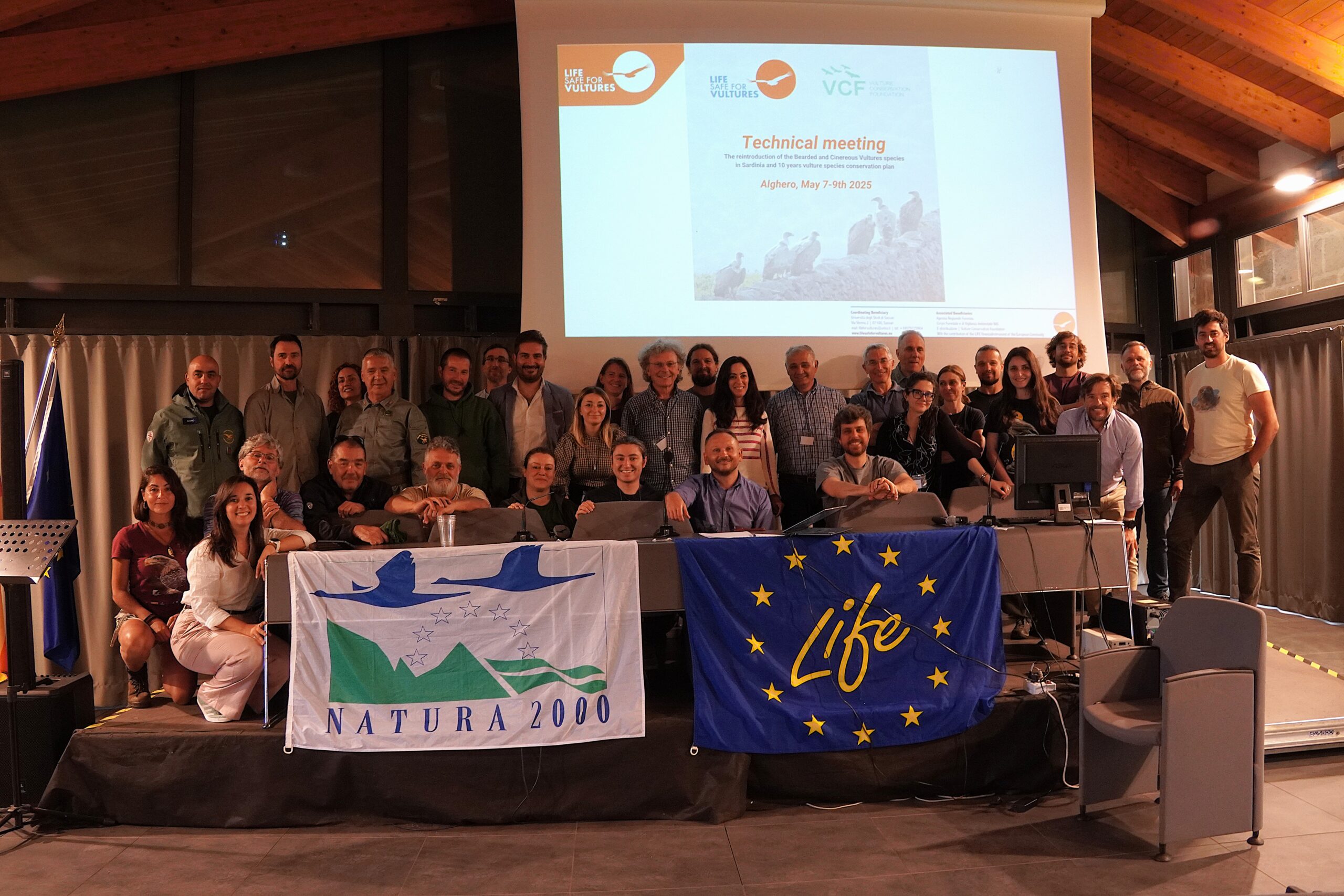
A study led by Associação Transumância e Natureza (ATN) and carried out within the framework of the LIFE Rupis project, learned fascinating insights about the diet of Egyptian Vultures in the Douro Canyon. Researchers collected the food remains from ten Egyptian Vulture nests from the region and identified them based on laboratory samples. Antonio Hernández-Matías and Joan Carles Abella have now finalised the report.
Interesting insights
Food remains sampled from different nests indicated a variety of species present in the diets of Egyptian Vultures in the Douro. Taxonomic categories identified include birds (wild and domestic), mammals (non-ungulates and ungulates), reptiles, amphibians, fish and invertebrates that varied in amounts in each nest. For the majority of the nests studied, mammals represented the biggest proportion of consumed species except in the Territory NP-BE-35 where bird species were the most prominent part of their diet. Another fascinating insight is that fish were an important element of most of the diets from the nests studied, but in the case of Territory NP-HU, fish were not even present.
Regarding the origin of the food resources, for the most part, they came from the wild. One of the remarkable observations was that in Territory NP-SA-230, researchers found an impressive 34% of items originating from landfill, although the most frequent category corresponded to wild species.
This study provides another fascinating insight into the unique and interesting ecology of Egyptian Vultures, and illustrates their incredibly diverse diet which varies considerably among individuals and breeding pairs, as well as among the different breeding populations. This diverse diet also emphasises the need to take a holistic approach to Egyptian Vulture conservation, as the overall population exploits a wide variety of foraging niches, from rivers, to grazing pastures, areas of agro-forestry, farm yards and even livestock manure heaps and rubbish dumps!
For a detailed description of the diets from each nest studied, you can download and review the report below, and for more research into Egyptian Vulture diet follow this link.
RUPIS_EGYPTIAN_VULTURE_DIET_final.pdf
Adobe Acrobat Document 1.9 MB
LIFE Rupis

The LIFE Rupis conservation project, led by Portuguese wildlife organisation Sociedade Portuguesa para o Estudo das Aves (SPEA), and funded by the European Union’s LIFE Fund and the MAVA Foundation, is working in the cross-border Douro region of Spain and Portugal to protect and strengthen the populations of Egyptian vultures and Bonelli´s eagle. With around 135 breeding pairs, the region has one of the largest population of Egyptian vultures in Europe. Creating a network of feeding stations, improving habitat and nesting sites as well as tackling the major threats of electrocution from electricity pylons and illegal wildlife poisoning, the LIFE Rupis project will strengthen the population and improve breeding rates.




